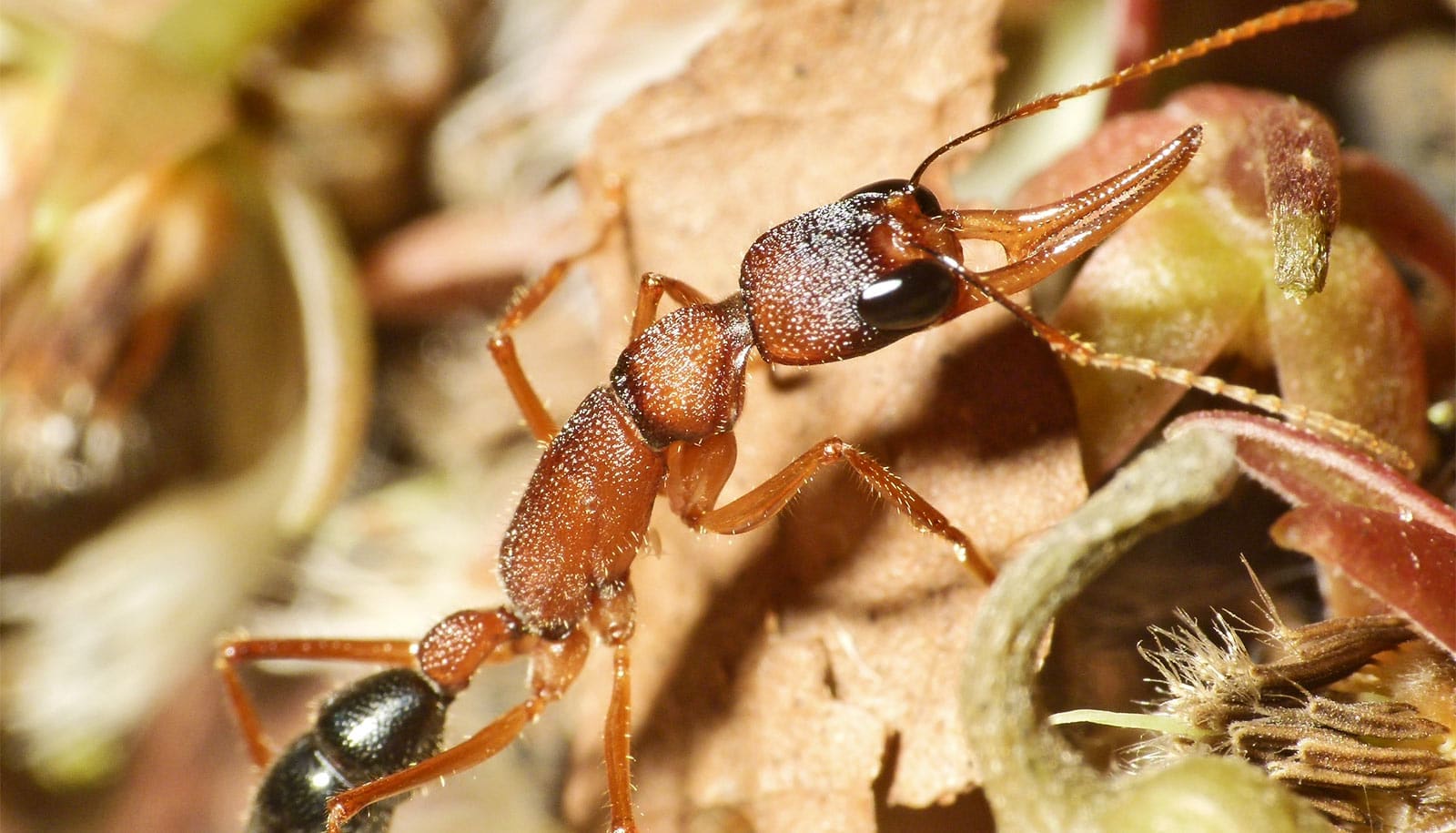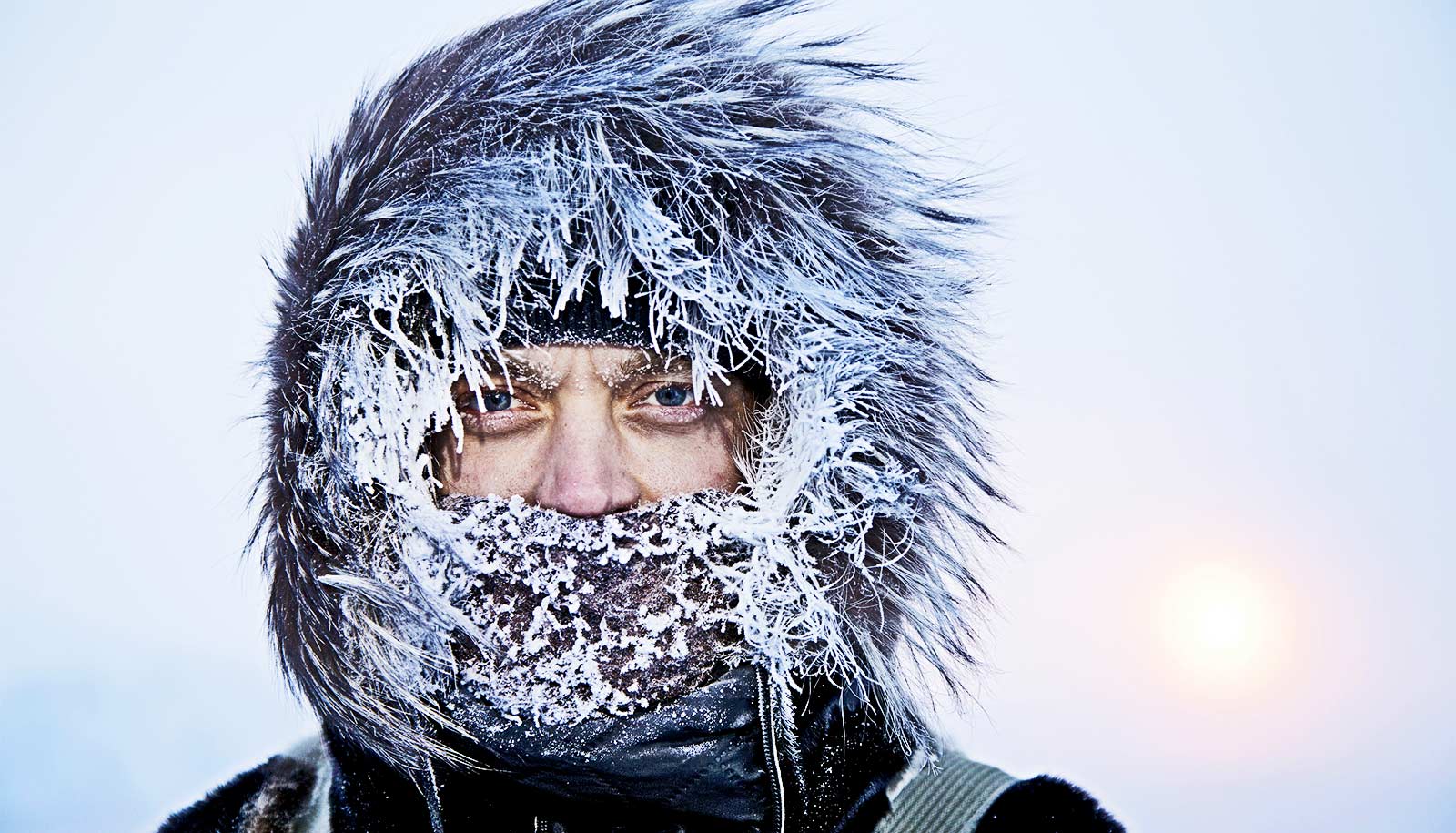Lipid droplets—long thought to be not much more than formless blobs of fat—actually play critical roles in the life cycles of certain proteins involved in gene expression, researchers say.
A new study in eLife, which describes how lipid droplets regulate proteins, has implications for understanding what helps embryos survive and could lead us to reconsider how we look at lipid-related diseases like obesity.
3 main functions
You may not know it, but whenever you eat cheese, ice cream, or yogurt, you’re also ingesting microscopic lipid droplets.
“The mammary gland cells that make milk make lots of lipid droplets and then secrete those,” says Michael Welte, professor and chair of biology at the University of Rochester. “Any dairy product or animal product that we consume is full of lipid droplets.”
Lipid droplets perform functions in various parts of the human body: in the liver, they store vitamin A; in the retina, they help store the pigment that cells use to recognize light. They are even in the sebaceous glands, which make the oily material that covers our hair and skin.
But lipid droplets aren’t just fat deposits. Welte says recent research shows that lipid droplets have three main functions beyond their roles in fat storage:
- Maturation: Some proteins, when they are first made, need lipid droplets to achieve their mature form.
- Breakdown: Lipid droplets keep certain proteins out of the way when the proteins are either damaged or obsolete but are not yet destroyed.
- Storage: Lipid droplets act as storage units for various proteins, so the proteins are sequestered until they are needed elsewhere in the cell.
Histone ‘pacemakers’
Welte’s current research uses fruit fly embryos to study how lipid droplets influence a particular set of proteins called histones. Histones are present in many organisms, including yeast, fruit flies, and humans, and are responsible for wrapping long strands of DNA so it will fit into a cell’s nucleus. Fruit fly embryos are ideal to study because they duplicate their DNA about every 10 minutes, and, as a result, need large quantities of histones.
Histones are essential to life for most organisms “because they control everything in the nucleus and package DNA to regulate gene expression,” Welte says. “If we have the wrong amount of histones—either too many or too few—there will be widespread defects.”
If there are too few histones, genes might be expressed that shouldn’t be. Too many histones can cause cells to have trouble dividing their chromosomes.
Lipid droplets play an important role in regulating a particular histone called H2Av, Welte says. A mother fly produces huge amounts of histones, which then transfer to her eggs so an embryo’s DNA can be packaged as the embryo develops and makes more cells. Acting like pacemakers, the lipid droplets regulate how fast H2Av enters a cell’s nucleus by storing the H2Av until the nucleus needs it.
Researchers used sophisticated microscopy to observe exactly how lipid droplets keep out H2Av. Welte and colleagues discovered, to their surprise, that the storage function is not static—histones don’t stay on the droplets all the time.
Instead, the H2Av molecules constantly shuffle back and forth between lipid droplets. The exchange allows the fruit fly embryo to always have free H2Av available to transport into the cell nucleus, but at the same time keeps the concentration of free H2Av low so that it is transported to the nucleus at a slower pace—a pace more in sync with the speed of DNA synthesis.
How aging changes the fat in our cells
The researchers also show that the regulating function is turned off in the fruit fly embryo once the embryo reaches a particular stage, indicating that cells can control when to employ the protein-handling function of lipid droplets.
Embryos and obesity
Identifying these functions of lipid droplets gives researchers more insight into how embryos develop and survive: without lipid droplets regulating H2Av, embryos can become compromised.
Deleting enzyme blocks fat in mice on ‘burger diet’
What we now know about the various functions of lipid droplets also means that researchers need to consider these factors when examining the effects of obesity. Lipid droplets are dysfunctional in disease states like obesity (too many lipid droplets) or lipodystrophies (too few lipid droplets), Welte says.
‘The cause of these diseases—too much or too little fat—has to do with how much lipid you have. Our work suggests that when looking at these disease states, people also need to look at what happens to the proteins, because these lipids droplets have this second function beyond handling fat.”
Source: University of Rochester



